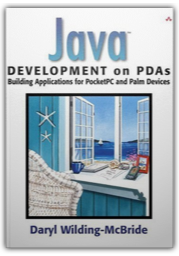


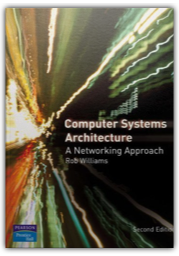
This book presents an incremental look at networked computer systems starting with digital logic and hardware, moving through the layers of software, and leading to an introduction to networking and operating systems. Its practical, modern approach draws upon areas of reader interest and experience (the Internet, Pentium processors, GUIs, mobile communications) to stimulate enthusiasm. This book uses Microsoft's Visual Developer Studio debugger (included on CD-ROM) to provide a brief experience with assembly language programming. This book features an introduction to networking since most computer systems today work in a networked environment. It takes a traditional bottom-up approach using applied technology and ideas, and treats digital logic in sufficient detail to remove the mystery of how computers work. Throughout, the author emphasizes how software performance can be dependent upon hardware features, while practical exercises demonstrate this aspect of hardware/software interaction. This book demonstrates to computer scientists and engineers how computers and their systems work, and will be especially useful for readers looking for a book covering networking issues in computer systems organization and architecture. /*@ISBN = 0-201-64859-8 @MAINCAT = Computer Hardware @SUBCAT = System Architecture @DATALINE1 = 2001, 680 pages, 7 1/4 x 9 1/8 @DATALINE2 = Cloth Bound w/CD-ROM, $84.00k*/ |
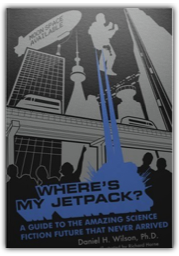
It’s the twenty-first century and let’s be honest—things are a little disappointing. Despite every World’s Fair prediction, every futuristic ride at Disneyland, and the advertisements on the last page of every comic book, we are not living the future we were promised. By now, life was supposed to be a fully automated, atomic-powered, germ-free Utopia, a place where a grown man could wear a velvet spandex unitard and not be laughed at. Where are the ray guns, the flying cars, and the hoverboards that we expected? What happened to our promised moon colonies? Our servant robots? 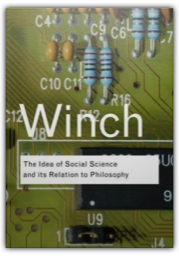
In the fiftieth anniversary of this book’s first release, Winch’s argument remains as crucial as ever. Originally published in 1958, The Idea of a Social Science and Its Relation to Philosophywas a landmark exploration of the social sciences, written at a time when that field was still young and had not yet joined the Humanities and the Natural Sciences as the third great domain of the Academy. |

My Library
Collection Total:
1165 Items
1165 Items
Last Updated:
Sep 9, 2009
Sep 9, 2009
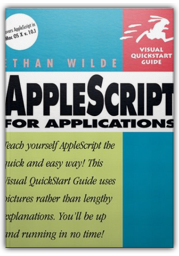

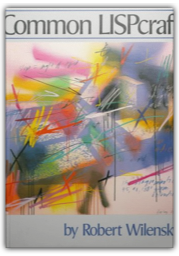
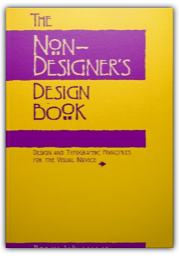
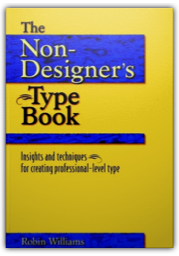


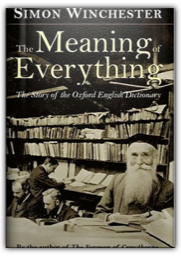

 Made with Delicious Library
Made with Delicious Library